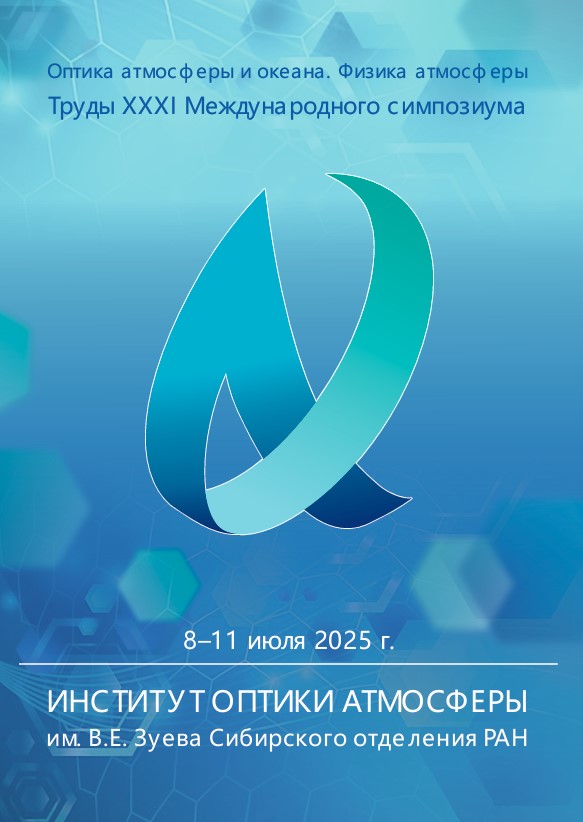UDC 535.8
CSCSTI 29.31
Russian Classification of Professions by Education 03.03.02
Russian Library and Bibliographic Classification 223
Russian Trade and Bibliographic Classification 6135
BISAC SCI053000 Physics / Optics & Light
In the context of increasing problems of atmospheric pollution and deterioration of air quality, measuring the vertical distribution of aerosols is becoming a primary task for meteorology, ecology and climatology. Traditional monostatic lidars, being the main tool of remote sensing, have fundamental limitations associated with incomplete overlap of the laser beam and the receiving system in the lower layer of the atmosphere. This article examines in detail the problems of standard methods, describes the physical and technical limitations, and proposes an approach based on a spaced (bistatic) scheme, where a digital camera is used as a detector. The presented method allows eliminating the problem of the near zone, increasing the resolution and providing more accurate measurement of aerosol profiles in the immediate vicinity of the earth's surface.
remote sensing, atmospheric pollution, receiving system
1. Kotthaus S. et al. Atmospheric boundary layer height from ground-based remote sensing: a review of capabilities and limitations // Atmospheric Measurement Techniques Discussions. 2022. V. 16, N. 2. P. 1-88.
2. Krasnenko N.P. Razvitie distancionnyh metodov i sredstv izucheniya nizhney atmosfery v IMKES SO RAN. // Optika atmosfery i okeana. 2022. T. 35. № 2. S. 98–104. DOI:https://doi.org/10.15372/AOO20220202.
3. Yin Z., Chen Q., Yi Y., Bu Z., Wang L., Wang X. Low blind zone atmospheric lidar based on fiber bundle receiving // Remote Sensing. – 2023. – T. 15. – №. 19. – S. 4643.
4. Sharma N.P., Barnes J.E., Kaplan T.B., Clarke A.D. Coastal aerosol profiling with a camera lidar and nephelometer // Journal of atmospheric and oceanic technology. 2011. T. 28, №. 3. – S. 418-425.
5. Butt J., Oville C., Sharma N.C., Barnes J.E. Using a CCD camera lidar system for detection of Asian dust // Lidar Remote Sensing for Environmental Monitoring XVI. Bellingham: SPIE, 2018. V. 10779. P. 177-184.
6. De Monte B., Bell R.T. Development of an EMCCD for LIDAR applications // Infrared Systems and Photoelectronic Technology IV. Bellingham: SPIE, 2009. V. 7419. P. 180-186.
7. Barnes J.E., Bronner S., Beck R., Parikh N.C. Boundary layer scattering measurements with a charge-coupled device camera lidar // Applied Optics. 2003. V. 42, N. 15. P. 2647-2652.
8. Kabir A., Sharma, N., Barnes, J., Gagnon, S., Alcantara-Silva M., Knowles E. Using a Camera Based Imaging Lidar to Detect Temporal Distributions of Boundary Layer Aerosols in The Bahamas // 2022 Conference on Lasers and Electro-Optics (CLEO). New York City: IEEE, 2022. P. 1-2.
9. Kabir A.S., Sharma N.C., Barnes J.E., Butt J., Bridgewater M. Using a bistatic camera lidar to profile aerosols influenced by a local source of pollution // Laser Radar Technology and Applications XXIII. Bellingham: SPIE, 2018. V. 10636. P. 126-132.





